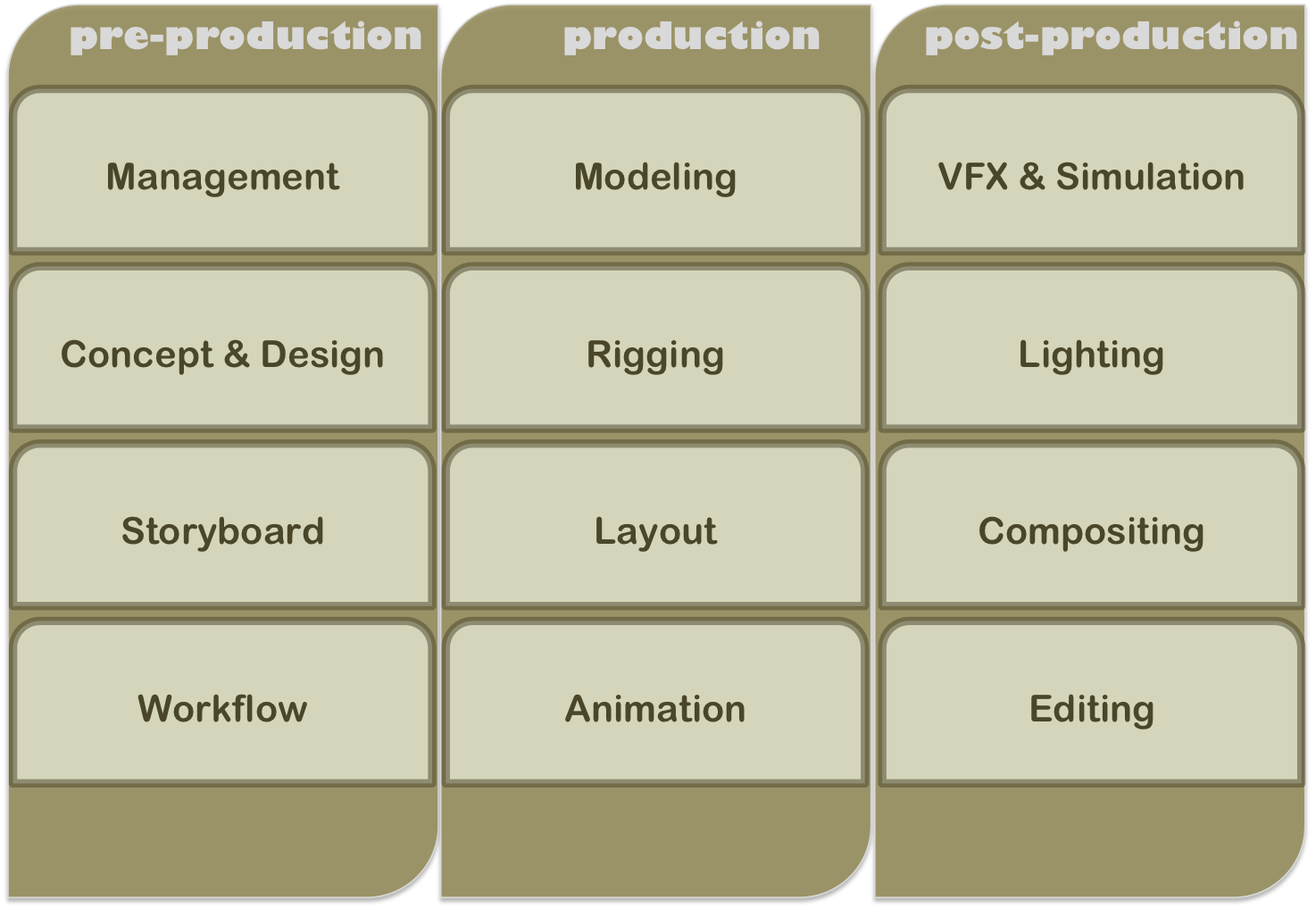The environment of a game is the foundation the rest of the assets sit on. Its what stitches the story, game-play and the over all experience together. The environment could make or break your game from the first hour of play, If it isn't strong and doesn't carry the story and the experience with it.

'Skyrim' has beautiful environment design as seen in these two images.

When I think about a game the first thing that comes to mind is the most memorable section of the story, whether that be a deep meaningful moment or simply a tough mission. I remember where it took place. That place is an entire universe setup by that game. That place is a section that was particular memorable in design, so memorable I can clearly picture what was different, what the layout was, how it felt to interact with and navigate through and what made it striking or atmospheric, all of these memories created from a good environment in game. To a designer an environment is a level in which a player will have to navigate, use to his or her advantage and is the building block for the challenge ahead. If i were to design a level i would constantly think of the environment as a maze, how to make it more difficult or easier to navigate, how much time it would take, what shape is it and how does this affect the experience. For me to enjoy a game the environment must feel natural. Perhaps reminiscent of something the player can connect with, maybe it references a well known
location or boasts aesthetics found in a specific point in history, but more importantly it should poses atmospheric aesthetics such as varying lighting conditions to compliment the mood of the game. The environment must be natural to the universe setup by the game, it must fit with other locations and comply to the characters scale. Niche styles and realism are incomparable based on what type of world that has been setup. Stylizing to any degree can work with the suspension of disbelief stored in the player. For example, stylism is well executed in a game environment if it can easily change your perception, so that you then understand that in this specific game its perfectly natural for the sky to be purple and the grass to be red. Also consistency is key in environment design, keep the scenery controlled, unless it is easily understood by the player that the bizarre part of the environment their in compliments what is happening in the story. If an environment doesn't comply to any relevant part of the story or a theme within the game then this will eject the players immersion and cause them to question the games functionality.


Lets look at 'little big planet' seen above. The artwork and environments within the game are brightly colored brightly lit, emit a happy light hearted atmosphere and are heavily stylized. At no point during the whole game did i ask myself “why am i riding a robotic camel?, why do i need to place childish stickers everywhere to get rewards?” or think “ there's no way my player could fall that far without dying” because there was no reason for me too. From the beginning of the game i was aware that there wasn't going to be any elements of realism or serious views within this game because of the tone the artwork and environment had initially set for me. If the environment is consisted and only veers toward the niche vision originally set for the game in the design document the player is going to enjoy and grasp the games story more, and experience the game play how it was intended. Also the characters and story will slot into place when the environment has set the tone and the atmosphere for the game.

You always need to aim to subconsciously lead the player forward in a game environment, to keep t the momentum of the action and story flowing.
An environment must have a clear path for the player to navigate enabling them to delve into the designers every intention for how the world around you affect your playing, it must be navigational by AI, it must be possible for players to find and remember routes. If everything looks the same and the map is very repetitive the player will feel lost, confused, frustrated and even disorientated, unless those are intentional traits of the game Of course. It must evoke feelings appropriate to the game, and the feeling you absolutely do not want is frustration. You need to consider the genre of the game your designing as well if it’s a survival horror for example, the environment may be required to easily evoke feelings of enclosure, fear, uneasiness, urgency or a slow pace, a sense of helplessness, disorientation, paranoia, shock, alienation, and so on. All these things can be evoked from the player if you have a well executed environment and atmosphere.









